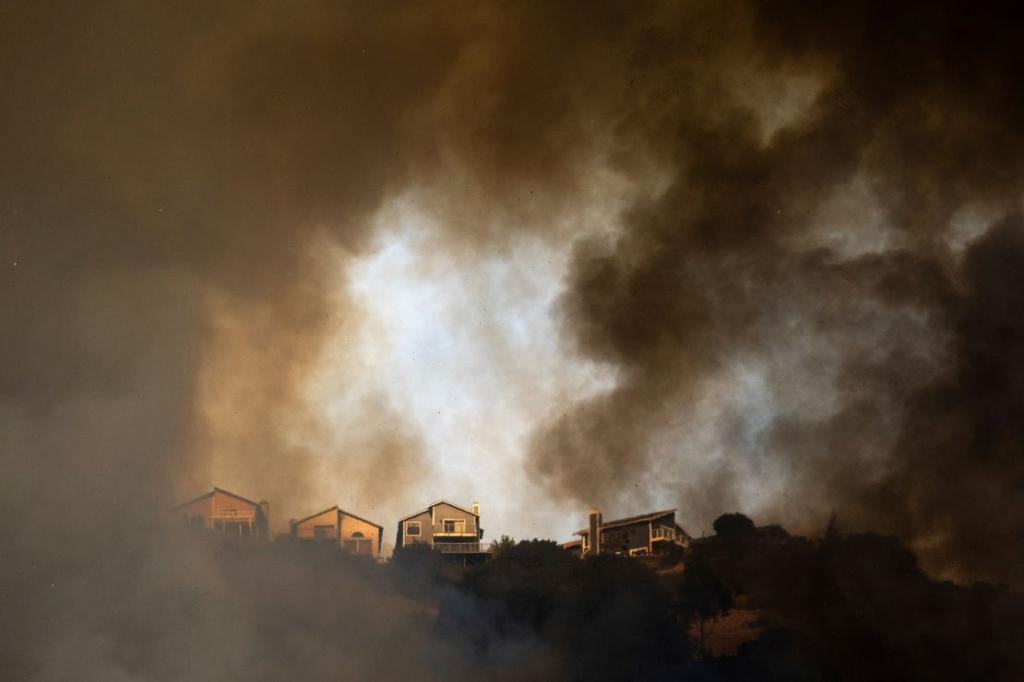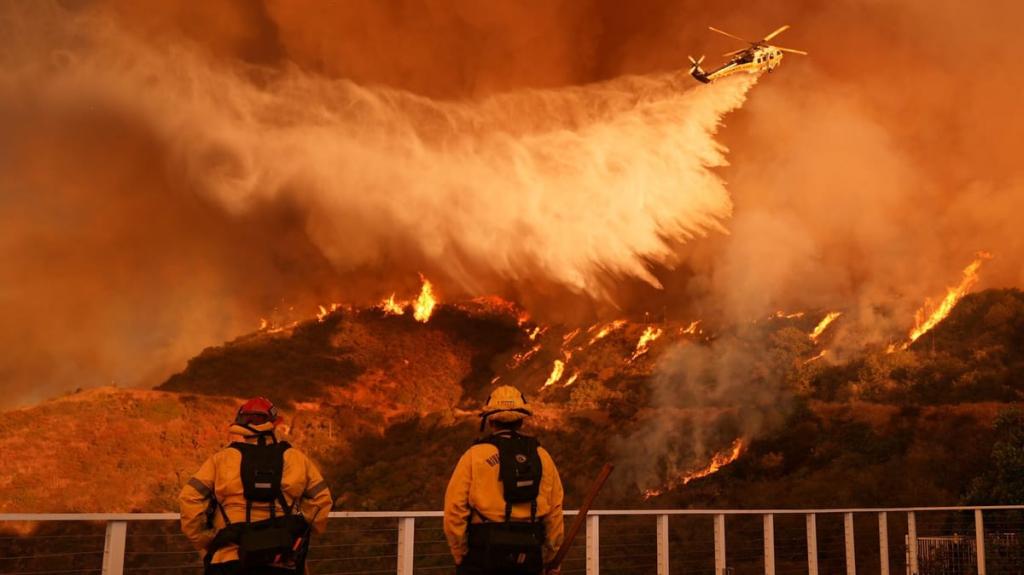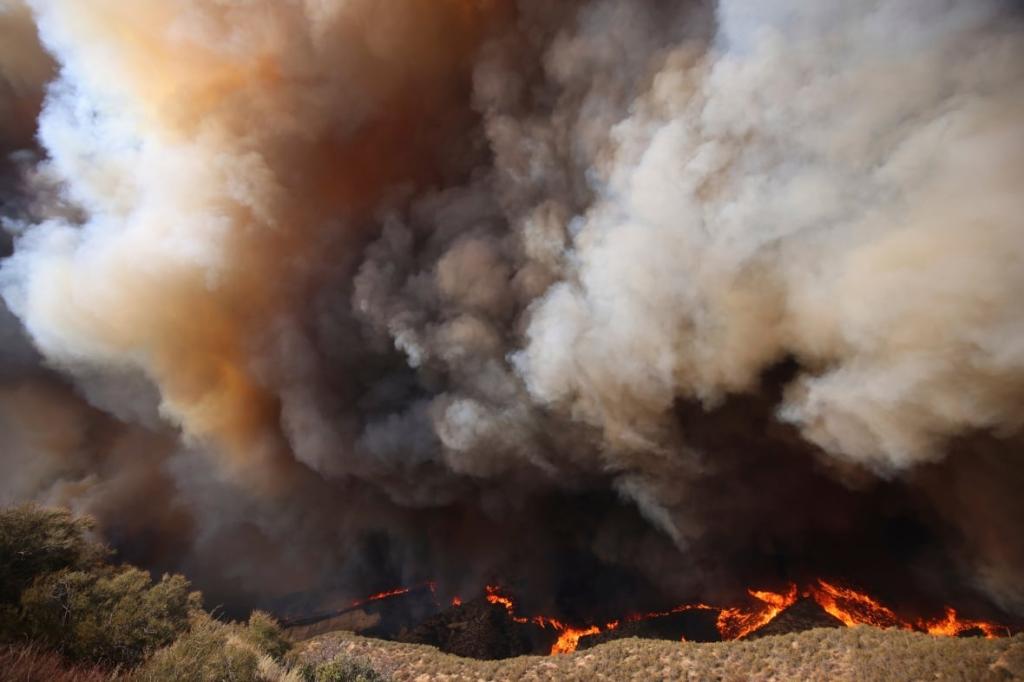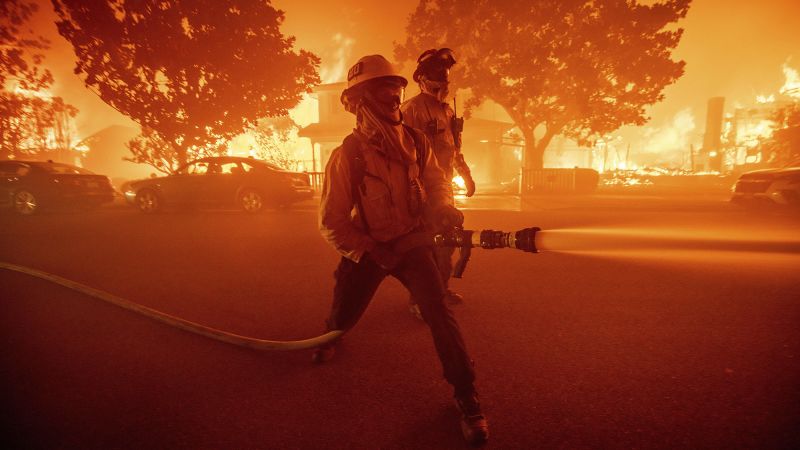Oakland Hills Fire Highlights Urgent Need for Wildfire Preparedness
Learn essential wildfire preparedness tips highlighted by the recent Oakland Hills fire, emphasizing the importance of community resilience and proactive safety measures.

Key Points
- The recent Oakland Hills fire serves as a stark reminder of the critical need for community wildfire preparedness and rapid response strategies.
- Residents are encouraged to create emergency kits, develop evacuation plans, and stay informed about fire threats to enhance safety.
- Utility companies play a vital role in fire prevention by implementing safety measures, such as power shutoffs during extreme weather conditions.
In recent days, Northern California has witnessed a harrowing reminder of the wildfire risks that loom over its picturesque landscapes. A fast-moving brush fire in Oakland Hills quickly escalated on a warm Friday afternoon, prompting evacuations and raising concerns among residents and officials alike. As wildfires become a recurrent fixture in California, it is essential to reflect on the implications for our communities and the steps we can take to improve safety and preparedness.
The Incident Unfolds
The fire, which ignited around 1:30 p.m., spread rapidly due to intense winds, damaging at least seven homes and forcing over 500 residents to evacuate. Wind speeds reaching up to 40 mph exacerbated the situation, as flames leaped across eucalyptus trees and jumped sides of the roadway, creating a daunting challenge for first responders. Within three hours, the blaze grew to cover 13 acres, showcasing just how quickly these fires can devastate neighborhoods.

As Oakland Fire Chief Damon Covington noted, the conditions during the fire were critical. Authorities had already issued red flag warnings across wide areas of Northern California, indicating heightened fire danger. With such warnings in place, the community must remain vigilant, recognizing that preparedness can make all the difference in safeguarding lives and property.
Community Impact and Response
The immediate effects of the fire were felt across the Oakland area, disrupting daily life and highlighting how quickly safety can be compromised. Traffic jams ensued as residents attempted to evacuate, with smoke visible from two to three miles away. Remarkably, no severe injuries were reported— a testament to the prompt response from emergency services. However, the emotional toll on those who were displaced is immeasurable, and such incidents can leave lasting scars in a community.
Preparing for Future Fires
As we delve deeper into wildfire season, it is crucial for communities to revisit their safety measures and preparedness plans. Here are a few actionable steps residents can take:
Additionally, property owners should consider defensible space strategies, such as creating buffer zones around homes by clearing flammable vegetation and using fire-resistant materials in their landscaping. These proactive measures not only enhance personal safety but also contribute to the resilience of the community as a whole.
The Bigger Picture: Utility Safety Measures
In light of the changing weather patterns and increased wildfire risks, utility companies also play a significant role in mitigating fire dangers. For instance, during the recent Oakland fire, Pacific Gas and Electric shut off power in 19 counties across Northern and Central California. Such measures, while disruptive, are essential to reducing the risk of power lines sparking new fires, particularly during notorious “diablo winds” that threaten to fan flames.
A Message of Hope and Resilience
As we reflect on the Oakland Hills fire, it is imperative to adopt a mindset of resilience. Each wildfire serves as a reminder of our vulnerabilities, yet it also highlights the strength of community preparedness and engagement. By working together—residents, local officials, and emergency services—we can build a culture of readiness that empowers us to face these challenges head-on.
The Oakland fire is a poignant illustration of the need for vigilance and action in the face of escalating wildfire threats. Through shared responsibility and proactive planning, we can create safer communities and ensure that we are better equipped to handle the unexpected. Let us work towards a future where, despite the risks, residents can feel secure in their homes and communities.


